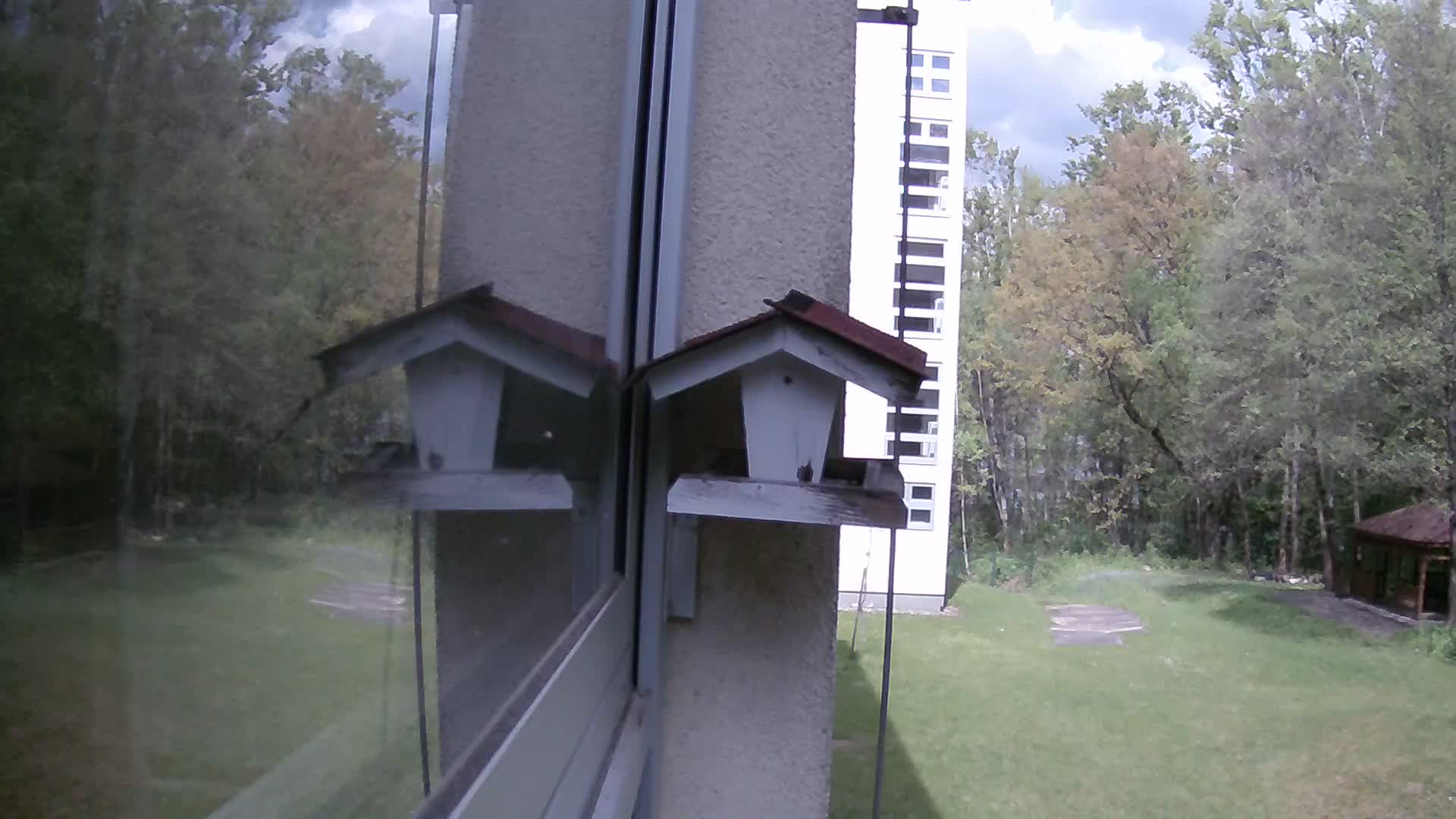Development, validation and application of the cell cluster model
Autor práce: Ing. Michal MulíkŠkoliteľ: prof. Mgr. Ivan Cimrák, Dr.
Dátum obhajoby: 20.8.2024
Študijný program: aplikovaná informatika
Oponent 1: prof. Ing. Ľudmila Jánošíková, PhD.
Oponent 2: doc. Mgr. Pavol Bokes, PhD.
Slovenský abstrakt:
Michal Mulík: Vývoj, validácia a aplikácia modelu zhlukov buniek (dizertačná práca) –
Žilinská univerzita v Žiline, Fakulta riadenia a informatiky, Katedra softvérových
technológií – Školiteľ: prof. Mgr. Ivan Cimrák, Dr. – Stupeň odbornej kvalifikácie:
philosophiae doctor v odbore Aplikovaná informatika – EDIS Žilina, April 2024 – 135 strán.
Práca sa zaoberá hĺbkovým skúmaním dynamiky zhlukov rakovinových buniek v rôznych
fluidných prostrediach, ktoré zahŕňajú scenáre, ako je šmykový tok, rozvetvené kanály,
zúžené
kapiláry
a dekanské
inerciálne
toky.
V úvodnej
časti
sa uvádza biomedicínska motivácia tohto výskumu a objasňujú sa konkrétne ciele, ktoré
sú základom štúdie. Komplexný prehľad súčasného stavu v príslušnej literatúre uvádza
kritické pojmy, ako je šmykový tok, bifurkácie, Deanov tok, a simulačné nástroje vrátane
ESPResSo a PyOIF, ktoré sa použili počas celého výskumu.
Podstatnú časť práce tvorí skúmanie správania sa zhlukov buniek v šmykovom
toku pri stene a v jednoduchých bifurkačných kanáloch. Analýza zahŕňa rôzne parametre
vrátane šmykovej rýchlosti, elasticity a počiatočnej rotácie a objasňuje, ako tieto faktory
ovplyvňujú trajektóriu a spôsoby usadzovania zhlukov buniek. Okrem toho sa práca
zaoberá prechodom zhlukov buniek cez zúžené kapiláry, pričom zavádza inovatívny
model sploštených rakovinových buniek. Vykonáva sa dôkladné porovnanie výsledkov
simulácie s experimentálnymi údajmi, ktoré poskytuje kritické overenie predpovedných
schopností modelu.
Kľúčovým aspektom výskumu je úloha Deanových inerciálnych tokov
pri separácii zhlukov rakovinových buniek. Teoretické základy inerciálneho sústredenia
a separácie sú objasnené a výpočtové modely sú systematicky nasadené na rozbor
vzorcov prúdenia v rámci počiatočnej aj rozvinutej geometrie kanála. Prezentácia
výsledkov zahŕňa kvantitatívne aj kvalitatívne analýzy, ktoré umožňujú detailné
pochopenie účinnosti inerciálnych tokov pri dosahovaní separácie zhlukov.
Ďalej práca rozširuje svoj záber na spoločné úsilie s výskumnou skupinou MIT,
objasňuje ciele spolupráce, orientuje sa v prirodzených kompromisoch a prezentuje
spoločné zistenia vyplývajúce z tohto spoločného úsilia.
Na záver tohto vedeckého skúmania práca poskytuje komplexné zhrnutie, ktoré
spája poznatky, pokroky a reálne aplikácie vyplývajúce z vyvinutého modelu zhlukovania
9
rakovinových buniek. Na samotnom konci sa nachádzajú časti venované referenciám
a zoznamu publikácií, ktoré boli postupne v priebehu práce vypublikované.
Kľúčové slová: mikrofluidika, model zhluku buniek, počítačové simulácie, dynamika
tekutín, šmykové prúdenie, deanové toky, adhézna sila, separácia buniek, zúžené
kapiláry
Anglický abstrakt:
Michal Mulík: Development, validation and application of the cell cluster model
(Dissertation thesis) – The University of Žilina, Faculty of Management Science and
Informatics, Department of Software Technologies – Supervisor: prof. Mgr. Ivan Cimrák,
Dr. – Qualification level: Doctor of Philosophy in Applied Informatics – EDIS Žilina,
April 2024 – 135 pages.
The work is concerned with an in-depth investigation of the dynamics of cancer cell
clusters in a variety of fluid environments, including scenarios such as shear flow,
branched channels, constricted capillaries and decan inertial flow. The introductory
section outlines the biomedical motivation for this research and clarifies the specific
objectives underlying the study. A comprehensive review of the state of the art in the
relevant literature introduces critical concepts such as shear flow, bifurcations, Dean flow
and the simulation tools, including ESPResSo and PyOIF, used throughout the research.
A substantial part of the thesis consists of investigating the behaviour of cell
clusters in shear flow at the wall and in simple bifurcation channels. The analysis includes
various parameters such as shear rate, elasticity and initial rotation and elucidates how
these factors affect the trajectory and deposition patterns of the cell clusters. In addition,
the paper addresses the passage of cell clusters through constricted capillaries and
introduces an innovative model of flattened cancer cells. A thorough comparison of the
simulation results with experimental data will be performed, providing a critical validation
of the model's predictive capabilities.
A key aspect of the research is the role of Dean inertial flows in the separation of
cancer cell clusters. The theoretical underpinnings of inertial concentration and separation
are elucidated, and computational models are systematically employed to analyse flow
patterns within both the initial and evolved channel geometries. The presentation of the
results includes both quantitative and qualitative analyses that provide a detailed
understanding of the effectiveness of inertial flows in achieving cluster separation.
The thesis extends its focus to the collaborative efforts with the MIT research
group, clarifying the goals of the collaboration, navigating the inherent trade-offs, and
presenting the joint findings resulting from these collaborative efforts.
At the conclusion of this scientific exploration, the thesis provides a comprehensive
summary that brings together the findings, advances and real-world applications resulting
7
from the developed cancer cell clustering model. At the very end, there are sections
dedicated to references and a list of publications that have been published progressively
during the thesis.
Keywords: Microfluidics, Cell Cluster Model, Computer Simulations, Fluid Dynamics,
Shear Flow, Dean Flows, Adhesion Strength, Cell Separation, Constricted Capillaries
Autoreferát dizertačnej práce
Text práce
























